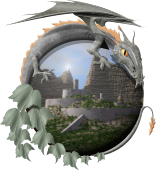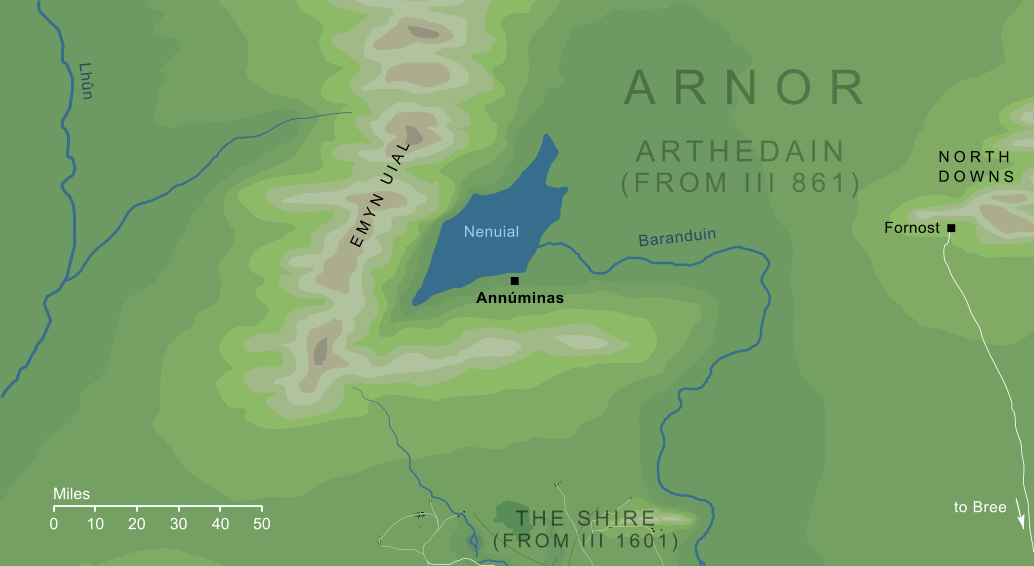- Cities and buildings
- Fields, plains and deserts
- Forests
- Hills and mountains
- Islands and promontories
- Lands, realms and regions
- Rivers and lakes
- Seas and oceans


 |
||||||||
|


Which personality type are you?
Take the Free mydiscprofile Personality Test to discover your core personality and your ideal job.   Which personality type are you? |
|
Dates
Founded in II 3320 or shortly thereafter; abandoned sometime in the Third Age;1 refounded by Aragorn after the War of the Ring
Location
Origins
Founded by Elendil after his escape from the Downfall of Númenor
Race
Division
Pronunciation
anoo'minas (the 'i' sound is short, so ending of this word sounds like 'minnas')
Meaning
'West-tower'2
Indexes: About this entry:
|
AnnúminasAncient seat of the Kings of Arnor
The city of the Kings of Arnor, on the shores of Nenuial. The city was founded by Elendil himself, on the shores of the northern lake Nenuial, near the sources of the Baranduin. It was the chief city of the Kings of Arnor for several centuries, and home to one of the three palantíri of the North-Kingdom. The available evidence suggests that the city survived for nearly a thousand years. In the early days of Arnor, it must have been one of the glories of Middle-earth. Soon after its founding, the numbers of the Dúnedain of the North began to dwindle, and the population of Annúminas seems to have fallen throughout its history, until eventually it was deserted. At that time the Kings removed to Fornost to the east. It seems likely that the people of Annúminas were dependent on the River Baranduin for their contact with the outside world. While the Hills of Evendim surrounded the city to the west and south, the city's people could reach the other cities of the Dúnedain that lay along the river3 by boat. After the city's desertion, it fell into decay, but two relics of its greatness survived: its palantír and the Sceptre of Annúminas. The palantír remained in Middle-earth for more than a millennium after the loss of its city, but was ultimately drowned with Arvedui in the cold northern seas. The silver Sceptre of Annúminas was the symbol of Kingship in the North-kingdom. A very ancient thing, it was originally the rod of office of the Númenórean Lords of Andúnië. It would have been removed to Fornost by the Kings, and eventually came to be kept by Elrond in Rivendell, it retained the name of its ancient home of Annúminas. At the time of the coronation of Aragorn at the end of the Third Age, Annúminas had lain in ruins for more than two thousand years. Aragorn refounded the city as a seat of Kings, and dwelt there at least for a time. Notes
See also...Arnor, Bridge of Stonebows, Dúnedain of Arnor, Eastgate of the Bridge, Elendil, Emyn Uial, Evendim, Fornost Erain, Frodo Gardner, Gondorians, Great Ring of Power, High King, Hills of Evendim, House of Anárion, Isildur, [See the full list...] Indexes: About this entry:
For acknowledgements and references, see the Disclaimer & Bibliography page. Original content © copyright Mark Fisher 1999-2001, 2009. All rights reserved. For conditions of reuse, see the Site FAQ. Website services kindly sponsored by myDISCprofile, the free online personality test.Take the FREE myDISCprofile personality test to discover your core personality and your ideal job. |